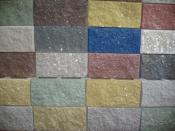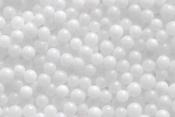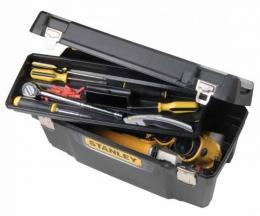Search
Login
Plumbing tool
A home foreman with golden hands often has to deal with plumbing. This requires special tools. We will introduce the most basic of them in this article.
Content
- Lever wrench video
- Pipe lever wrench repair
- Adjustable spanner
- Open-ended spanner wrenches
- Notch
- Cable
- Tube clamp
- Pipe cutter
- Dies, screwdrivers
Lever pipe wrench
Mainly, this key is used when connecting water pipes and other pipes. There are several varieties of pipe wrenches: lever, sliding, chain and ring. Consider the design of the most common lever wrench; at work, plumbers usually do not part with it. It is used to make a wide variety of plumbing connections. A lever wrench is used to twist round objects such as pipes, elbows, bushings, etc., as well as parts that have faces: nuts, bolts, valve heads.

The principle of operation of the key is to jam the pipe between the jaws. To prevent the pipe from slipping, at least half of the circumference of the pipe must be captured by the key pharynx. After the middle of the jaws of the key cover half the circumference of the pipe, twist the nut with your fingers until it stops in the holder. When the sponge touches the pipe circumference tightly, then you can squeeze the levers, begin to unscrew or twist the pipe. The main force is applied to the fixed lever, the teeth on the sponge of this lever, when rotating, should, as it were, bite into the pipe.
Lever wrenches are available in five sizes.
Key No. 1, used when working with a pipe with a diameter of 10-36 mm. (Key length 300 mm.).
Key No. 2, the diameter of the clamped pipe is 20-50 mm., (Length of the key is 400 mm.).
Key No. 3, pipe diameter 20-63 mm. (Key length 500 mm.).
Key No. 4, pipe diameter 25-90 mm. (Key length 630 mm.).
Key No. 5, pipe diameter 32-120 mm. (key length 800 mm.).
When repairing, before using the key, it is necessary to prepare the front of work. For example, when disassembling a mounted assembly a long time ago, it is necessary to clean, with a brush with a metal bristle, the assembly of paint, heat it, and only then use a key. When working with the above keys, in order to avoid injury, you must follow safety measures. It is impossible to put on pipe cuts on the levers to increase the force, as this will lead to a bend of the key levers, its breakage.
The strength of the key is designed for hand strength, without any additional devices. Use a wrench corresponding to the diameter of the clamped pipe.
Pipe lever wrench repair
In some cases, a failed key can be repaired.
So, the crushed teeth are re-cut with a hacksaw, the corrugation on the nut is also restored.
Bent arms straighten in cold or hot condition. Loosened or cut rivets and pins are replaced with new ones made of mild steel.
If the movable lever is broken near the jaw on a bend, welding will not help, you will have to get rid of this key.
If a fixed lever having a trough-shaped section is broken, a steel rod is inserted into the lever and welded to it.
In the event of a breakdown of a continuous fixed lever, steel strips are superimposed on both sides of the fracture on both sides and welded to the lever.
To prevent mechanical impact on parts with a decorative coating, cardboard strips or rags are placed under the teeth of the sponges. It is convenient to use peculiar bibs, they can be made from waste sheet of copper or aluminum.
Adjustable spanner
To rotate parts with faces, keys are used with a varying distance between the jaws, i.e. adjustable wrenches. To ensure the durability of this key, work according to certain rules.

Let's unscrew the nut. We bring the sponges of the key to it, by rotating the worm, we achieve a tight contact between the sponges of the faces of the nut, we press the handle of the key only with the palm of our hand. Since in the adjustable wrench all the load falls on three to five teeth of the rail and on the contacting places of the worm, the adjustable wrench can withstand much less load.

If the key breaks, the bent axis, so as not to damage the thread, edit on the board. If the worm’s places are broken, you can throw out the key. Several types of adjustable wrenches are used, they are divided by the angle of inclination of the axis of the worm to the longitudinal axis of the handle. Adjustable wrenches most applicable for plumbing work with a maximum throat size of 30 mm.
Open Socket Wrenches
Of these keys, you must have 14 x 17, 17 x 19, 19 x 22, 24 x 27, 32 x 36. The last key is used when assembling and disassembling fittings for pipes with an outer diameter of 21.3 mm, for an inch thread, and 26 , 8 mm. threaded inch.

It is convenient to wrap cast-iron cast-iron couplings with a protrusion with such a key; use pipe keys with steel couplings. Double-sided keys also wrap or unscrew squares, tees.
Notch
For the manufacture of gaskets, so-called notches are used, they are made of steel tubes with a suitable inner diameter (the length of the tube is at least 60 mm.), One of the sides of the tube is sharpened on the outer surface with a file.
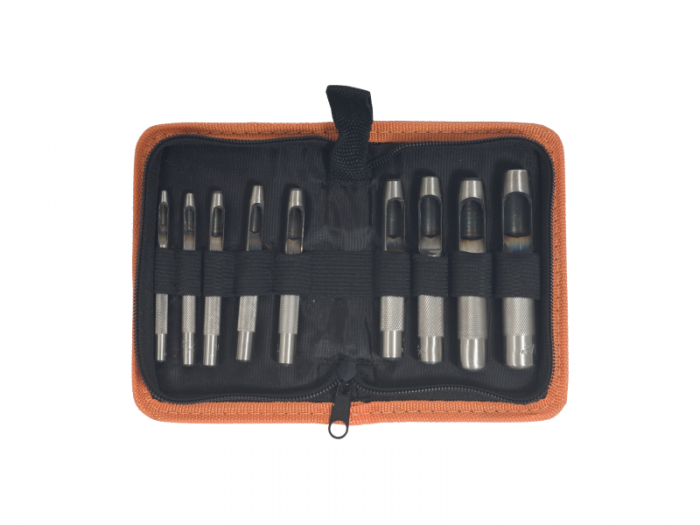
Better cuts are turned on a lathe, while the side on which they hit with a hammer is made deaf, for less flattening of the end face. On the side of the notch, made by turning, a notch is cut into half the diameter of the tube, to facilitate the removal of the gasket.
Cable
In the household, to clean the toilets and sewer pipes, you must have a cable.

It can be purchased at the store, or made yourself from a steel cord with a diameter of 4-6 mm.
Tube clamp
When cutting a pipe with a hacksaw, a pipe cutter, when cutting a thread - this device is used to secure the pipe. One thing happens - and two-column clamps.

The latter is more convenient. Clips allow to clamp pipes with a diameter up to 60 mm. The clip itself, when using it, must be fixedly fixed.
Pipe cutter
Allows you to cut pipes with a diameter of up to 100 mm. There are many types of pipe cutters, but in design they do not differ from each other. To facilitate the work, the place of the cut on the pipe is oiled or periodically doused with water.

Putting the pipe cutter body on the pipe by turning the handle, they make contact with the pipe wall of the cutter roller, then twist the handle another quarter turn so that the roller cuts into the pipe. By the handle, the entire pipe cutter is moved back and forth, gradually passing a circle. The process is repeated until the pipe is cut, then the cut is cleaned with a file.
Dies, screwdrivers
When connecting pipes using threaded couplings, one cannot do without dies or screw plugs; with their help, threads are cut at the ends of the pipes. The sequence of operations when threading: the pipe is fixed in a vice or in a clamp, while the pipe should not turn. A 2-3 mm wide bevel is removed from the end of the clamped pipe. The cut place is lubricated with liquid oil.
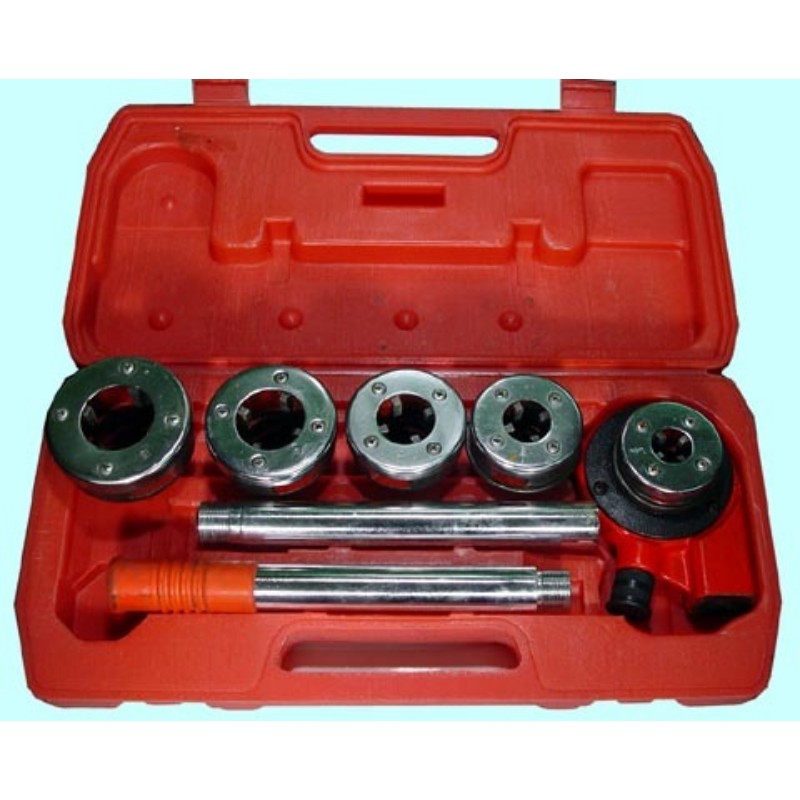
In the die holder with two or four stop screws, fasten the desired die, while the mark on the die should face the opposite to the inner collar of the collar, which the die abuts against. The side with the stigma imposes a die in the head on the end of the pipe with a chamfer, the die should be located strictly perpendicular to the axis of the pipe.
The most difficult cutting phase is the initial one. The right palm, with all its strength, presses on the knob in the place of installation of the plate, and with the left hand rotate the handle clockwise. With this action, the intake part of the die should, having crashed, grab the pipe. Having passed this difficult beginning, further work will go without problems. Note that less effort will be spent on the initial tie-in if the chamfer is large enough.
If there is nothing to make a chamfer, then roll a right angle between the end and the pipe forming with the hammer blows, i.e. round the corner. Of course, the die itself cannot be made, but in some cases, for example, when cleaning a thread filled with paint, it will be completely replaced by a nut or lock nut, only the thread must be lubricated more abundantly.

With the help of screwdrivers, since their prismatic dies consist of two parts and the distance between them is adjustable, you can start threading on a pipe of a larger diameter.
When working, professionals additionally use many tools, we told you about the main ones.

